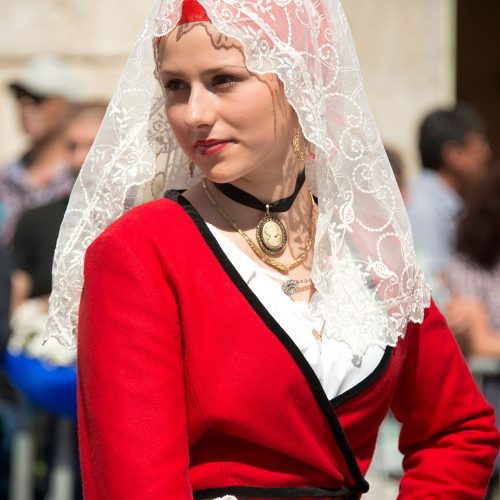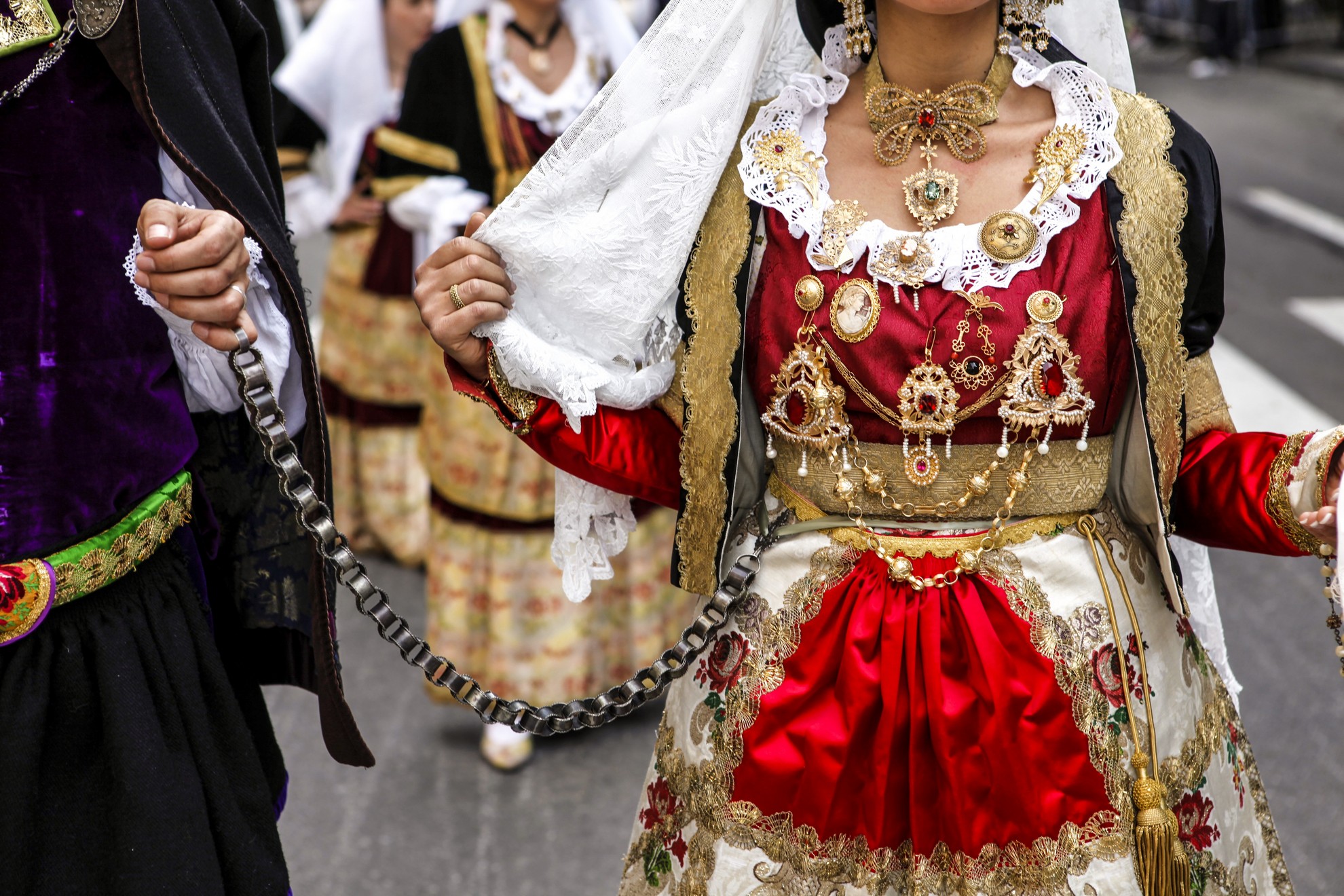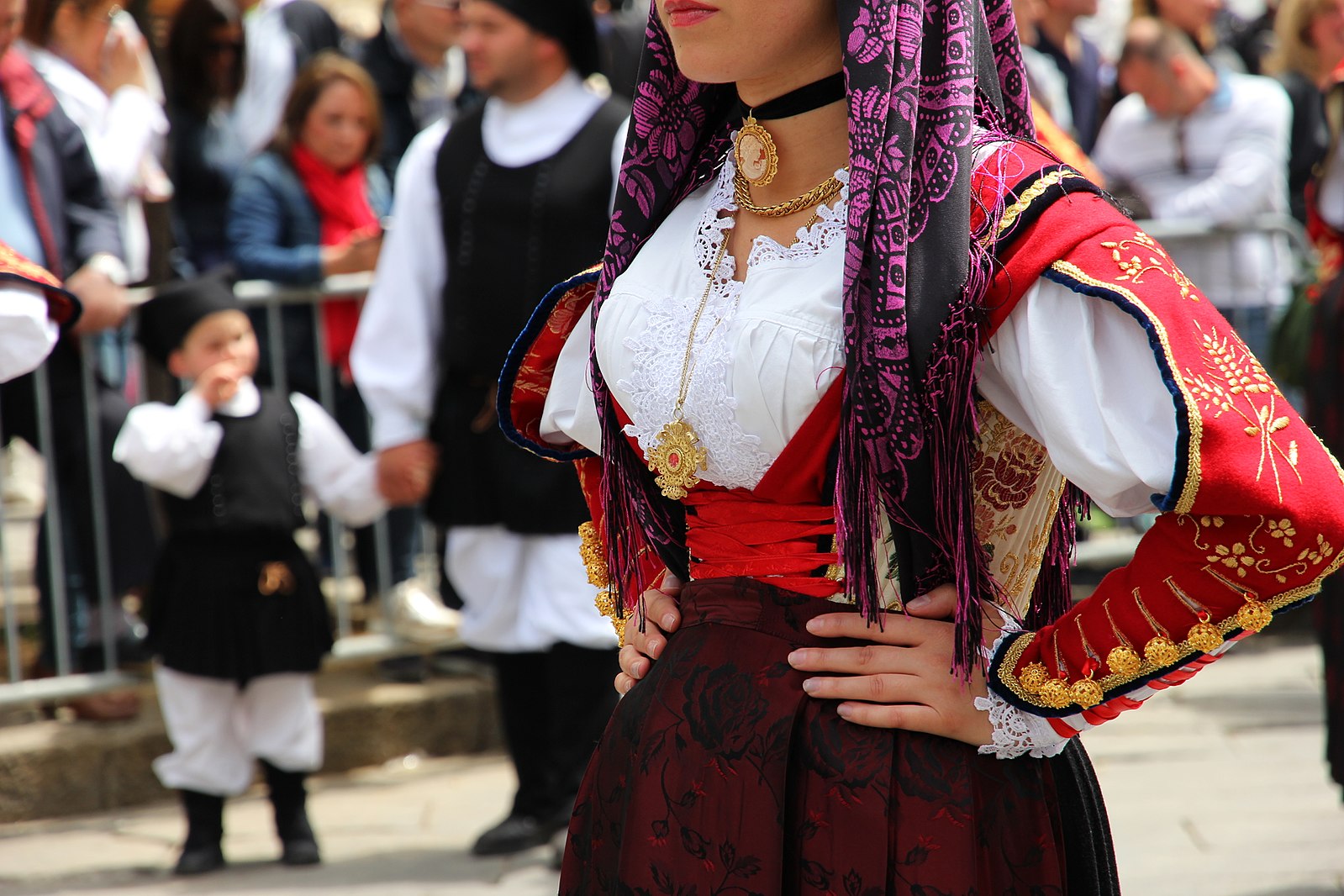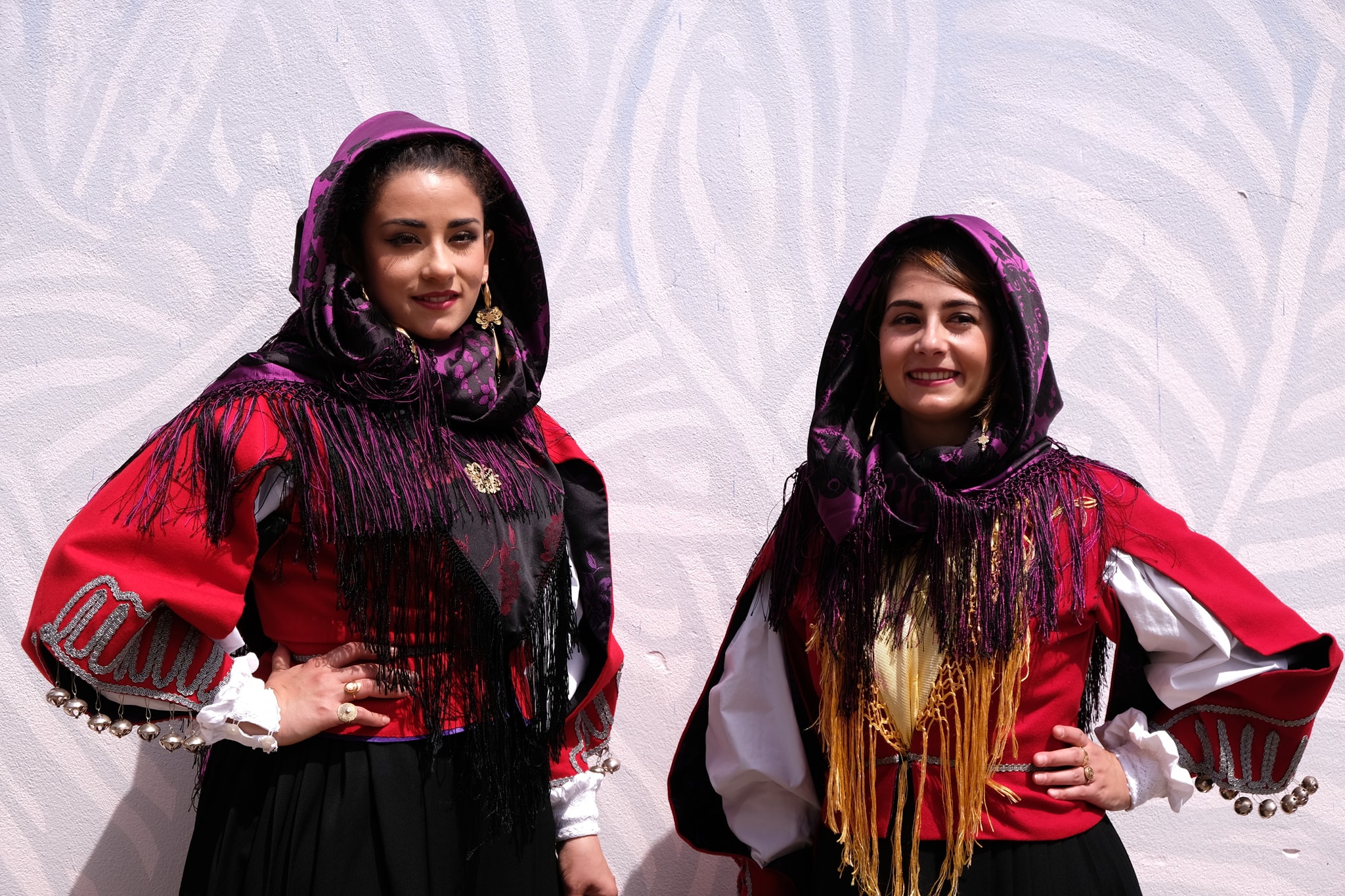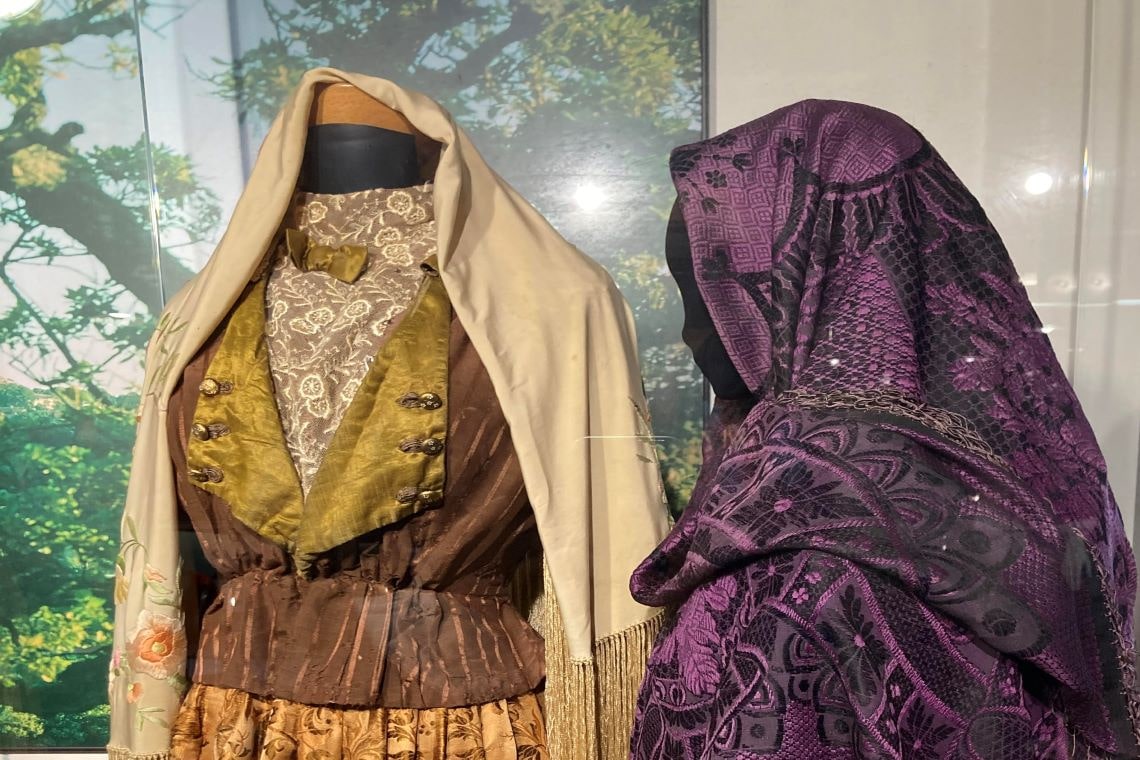How could we define Gallurese? It is a Sardinian-Gallurese, a northern Sardinian with affinities in Sassari, Stintino, Sorso, Sedini etc. With minorities in Perfugas. At times in the modern age, groups of Corsican populations would cross the Strait of Bonifacio and settle in Gallura, which had been depopulated by wars. From then on, a kind of two-dimensional phenomenon would begin. On the one hand, Gallurese has gained more and more ground and number of speakers vis-à-vis Sardinian; on the other hand, while retaining a syntactic form foreign to the Sardinian language, it has conformed its lexicon to many expressions of Logudorese. In this way, it became today’s Gallurese, a language that cannot be considered not fully Sardinian, even if objective criteria of scientificity oblige to classify this idiom among the alloglot varieties.

Language
The dialect of the Sardinian language with greater elements of originality and archaism most similar to Latin.
Logudorese Sard inian is one of the two traditional orthographic partitions of the Sardinian language, originating in the Logudoro region in the north-central part of Sardinia.
In the designation of logudorese, a group of dialects of the Sardinian language, such as “northern logudorese,” “common logudorese” and “nuorese,” are usually included. The first two underwent greater evolution from the Logudorese spoken in the Middle Ages partly due to independent development, partly due to contacts with Castilian (brought by the Spanish conquerors) and with the Sardinian-Corsi idioms (Gallurese and Sassarese) spoken in the far north of the island. Northern Logudorese and partly also Common Logudorese formed the linguistic matrix of literary Logudorese. The Nuoro dialect is traditionally considered the most conservative of the Sardinian language variants and of all Neo-Latin languages, the most similar to Latin.

